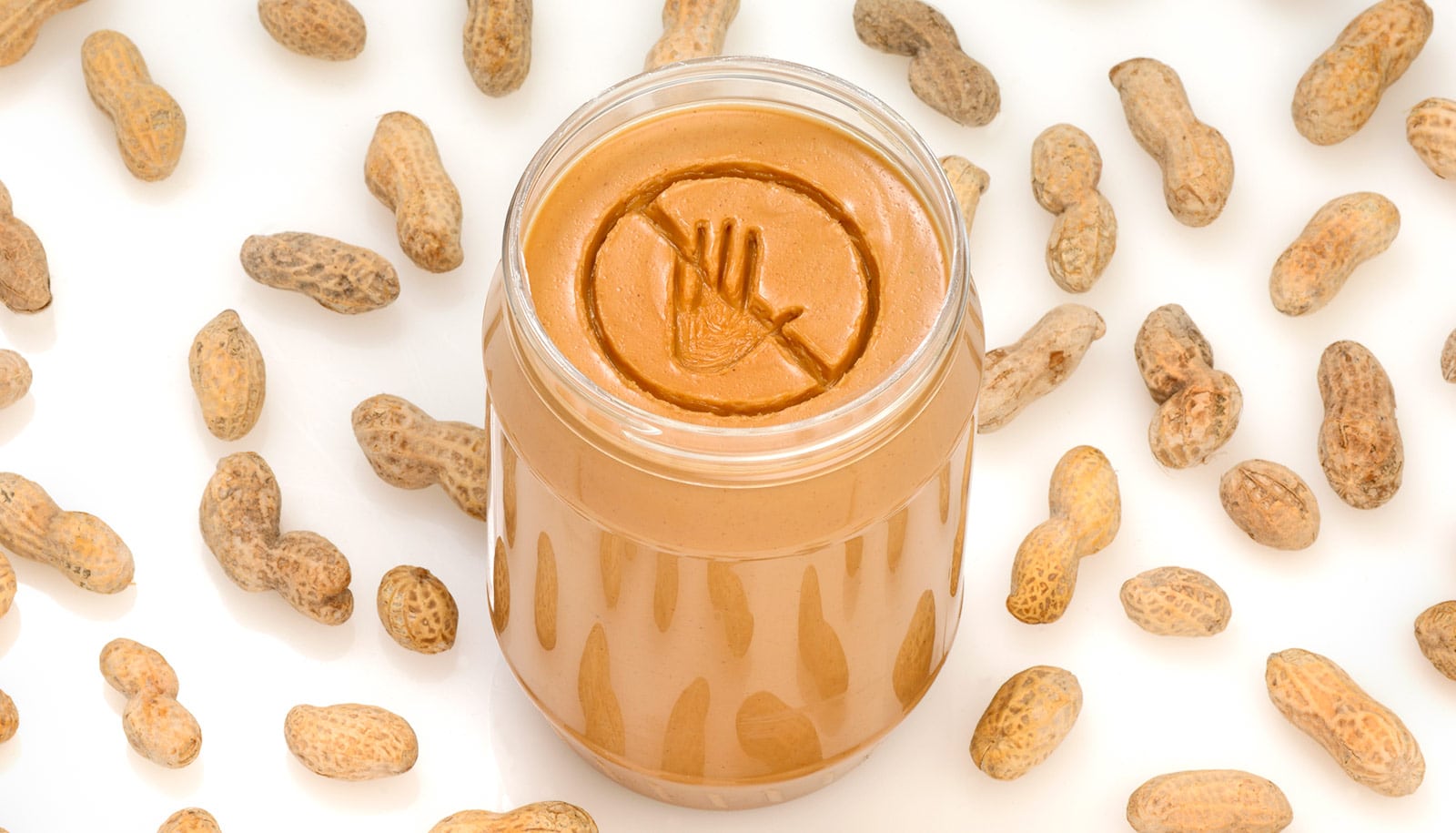A look at menu items from 66 of the top 100 chain restaurants shows that while restaurants are offering lower-sodium options, food—particularly in main course items—is still high.
The average American aged 19-50 consumes more than 3,700 mg of sodium. The excess has been linked to high blood pressure, stroke, and heart disease. Health experts have determined that a 1,200 mg drop in daily sodium intake could save as many as 92,000 lives and up to $25 million in health care costs annually.
80% of our sodium consumption is from eating food prepared outside of the home.
“Overall, sodium content of newly introduced menu items declined by about 104 milligrams,” says Julia Wolfson, assistant professor of health management and policy and of nutritional sciences at the University of Michigan. “However, among existing and new main-course items, the average sodium content of a single menu item is still more than half of the daily sodium recommended limit of 2,300 mg.”
“The fact that new, lower-sodium menu items are being introduced indicates that it is possible for restaurants to reduce the sodium content of their food, but that, thus far, their efforts have been insufficient. Restaurants may be reluctant to reformulate existing menu items that are popular with customers and that define their brand.”
Using data from the MenuStat project, researchers looked at nearly 22,000 menu items in fast-food, fast-casual (think Jimmy Johns and Panera), and full-service chain restaurants from 2012 to 2016. The database contains calorie and nutrition data gathered from websites of the 200 largest restaurants in the United States, as defined by sales volume.
They compared sodium content in items available in 2012 to new items added in each of the next four years. Full-service restaurants showed the largest reduction in sodium on new items (163 mg), followed by fast-food (83 mg), and fast-casual (19 mg) eateries.
The findings appear in the American Journal of Preventive Medicine.
Warning labels?
Previous research has shown that 80 percent of our sodium consumption is from eating food prepared outside of the home. One-third of adults and children eat fast food every day and nearly half of all food purchases are outside of the home. Therefore, reducing the sodium content of restaurant food could have benefits for Americans’ health, Wolfson says.
Nearly a decade ago, leading health organizations called for a National Salt Reduction Initiative, which sought to reduce sodium consumption by 25 percent from 2009 to 2014. This initiative may have motivated many restaurants to offer healthier food options, but voluntary efforts have not been enough, Wolfson says.
Can restaurant placemats push kids to eat healthy?
“Requiring large chain restaurants to add sodium warning labels to their menus could be an important tool to incentivize restaurants to reduce the sodium content of their food, and are an important information tool for consumers. Federal regulations requiring warning labels are not likely at this time, but states and cities could certainly implement these regulations.
“Restaurant food is notoriously high in sodium—it’s one reason it tastes so good.”
“State and local labeling regulations, in combination with public awareness campaigns to increase consumer awareness about the dangerously high sodium content of restaurant food could increase consumer demand for lower sodium options and spur chain restaurants to voluntarily reduce the sodium in their food.”
In the meantime, people should be aware that many foods have hidden sodium, and they should ask restaurants for information on what is in the meals they are buying. It may not be printed on the menu, but most chain restaurants have nutrition information available.
And she has one other tip for consumers.
“Restaurant food is notoriously high in sodium—it’s one reason it tastes so good. Switching from restaurant meals to more meals prepared at home made with fresh or minimally processed ingredients will help reduce the sodium in your diet.”
Coauthors are from the Harvard T.H. Chan School of Public Health and the University of Pittsburgh.
Source: University of Michigan



